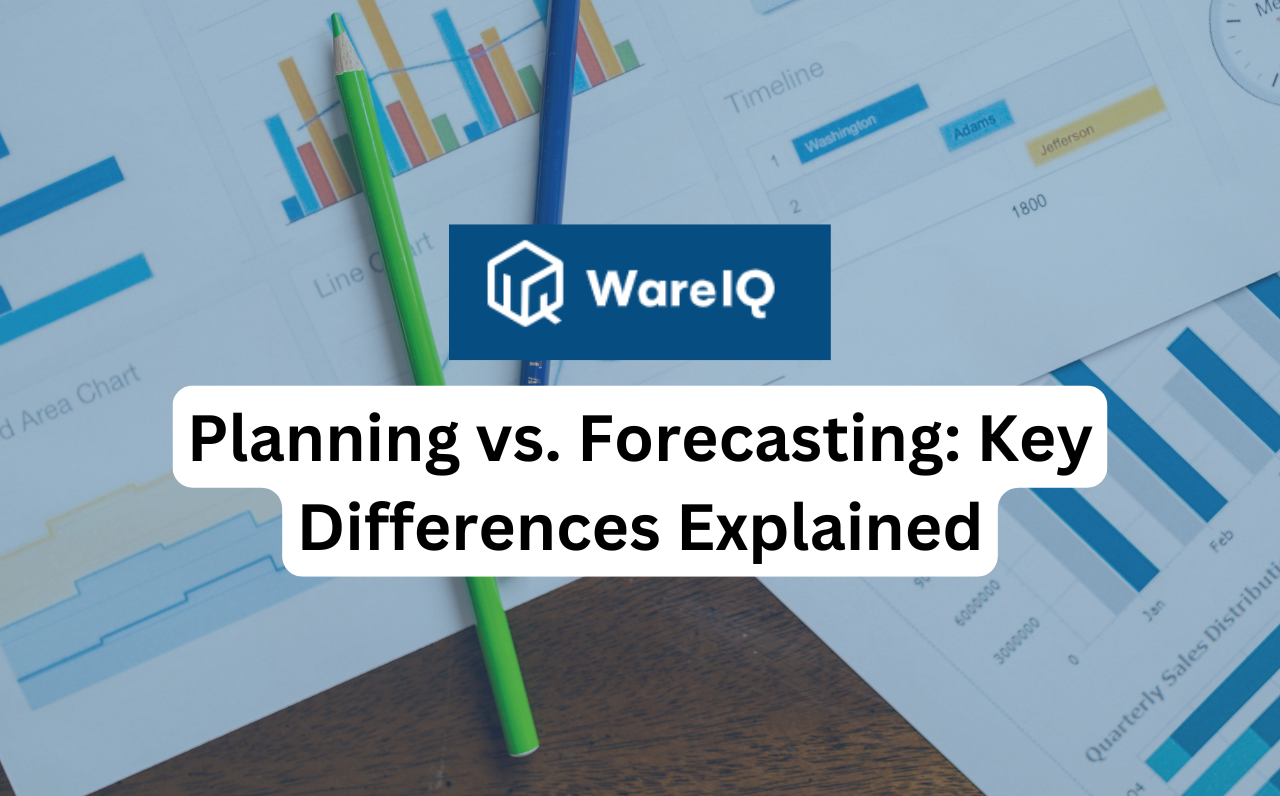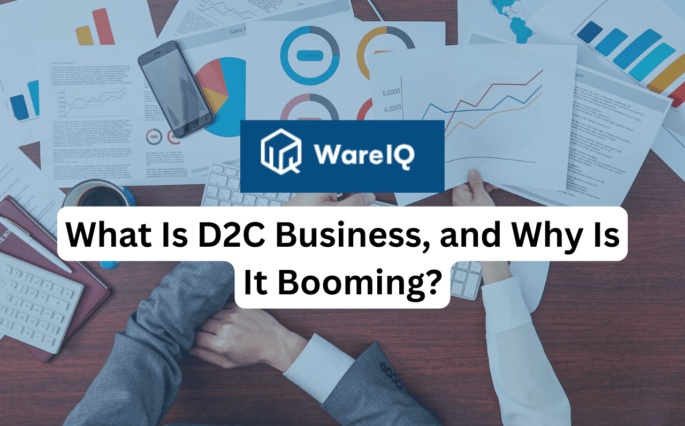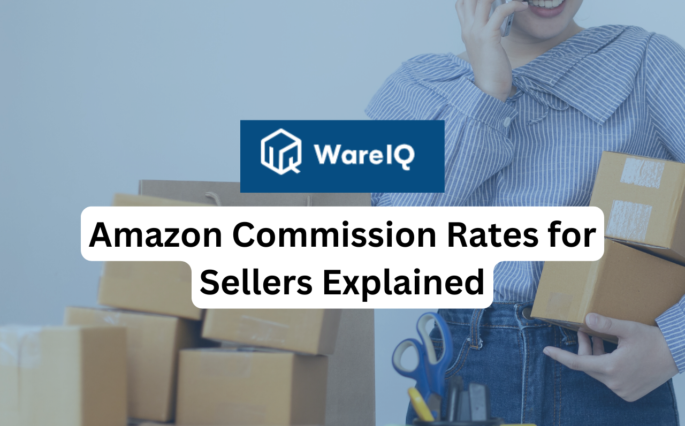Planning vs. Forecasting: Difference between planning and forecasting

In India’s rapidly expanding e-commerce ecosystem, strategic decision-making is the cornerstone of long-term success. Among the most critical tools that help businesses navigate this dynamic landscape are planning and forecasting. While often used interchangeably, these two processes serve distinct yet complementary purposes.
For D2C brands, small and medium enterprises (SMEs), and marketplace sellers across India, understanding the difference between planning and forecasting can significantly enhance operational efficiency, customer satisfaction, and growth. In this article, we demystify the core differences, explore their roles in the Indian context, introduce Collaborative Planning, Forecasting and Replenishment (CPFR), and highlight how WareIQ empowers businesses to optimise both practices.
- What Are Planning and Forecasting?
- Collaborative Planning, Forecasting, and Replenishment (CPFR)
- Why Do Planning and Forecasting Matter in E-commerce?
- Difference Between Planning and Forecasting
- Summary of Differences Between Planning and Forecasting
- Benefits of Integrating Planning and Forecasting
- How Does WareIQ Enhance Planning and Forecasting?
- Final Thoughts
- FAQs About Planning and Forecasting
What Are Planning and Forecasting?
Planning is the process of setting clear business goals and creating a detailed roadmap to achieve them. It involves deciding on actions, allocating resources, and setting timelines. For example, a D2C jewellery brand in Jaipur might plan to launch a new collection for Diwali, outlining production, marketing, and distribution strategies.
Forecasting predicts future outcomes using historical data, market trends, and insights. It estimates what might happen, such as sales or demand. For instance, a grocery e-tailer in Mumbai might forecast a surge in organic food orders during festive seasons based on past sales.
Collaborative Planning, Forecasting, and Replenishment (CPFR)
Collaborative planning and forecasting, or collaborative planning forecasting and replenishment (CPFR), involves businesses and their partners (e.g., suppliers and logistics providers) working together to align forecasts and plans. CPFR ensures accurate demand predictions and efficient stock replenishment. For example, Amazon India collaborates with suppliers to forecast festive demand and plan inventory, minimising stockouts.
Why Do Planning and Forecasting Matter in E-commerce?
In India’s dynamic e-commerce market, planning and forecasting are vital for staying competitive and achieving sustainable growth. Planning empowers businesses to set bold objectives, such as expanding to Tier-III cities. At the same time, forecasting ensures these goals are anchored in realistic market insights, like anticipating monsoon-driven demand for rainwear. Together, they form a powerful duo that helps brands optimise operations, cut costs, and deliver exceptional customer experiences in a fast-paced digital landscape. Here’s why they are indispensable:
- Planning charts a clear path for ambitious goals, like launching new product lines or entering global markets, while forecasting validates these plans with data-driven predictions.
- Forecasting predicts demand fluctuations, enabling planning to maintain just-right stock levels and reducing overstock or shortages that frustrate customers.
- Effective planning allocates resources efficiently, and accurate forecasting minimises wasteful spending by anticipating market shifts.
- Together, they ensure products are available when and where customers want them, meeting India’s high expectations for speed and reliability.
- Forecasting provides real-time insights into trends, allowing planning to adapt quickly to changes, such as festive season surges or competitor moves.
Difference Between Planning and Forecasting
The planning vs. forecasting distinction lies in their purpose, focus, and execution. Below, we highlight five key differences, each with a connecting insight to clarify their roles in Indian e-commerce. A concise table follows to summarise these distinctions for quick reference.
1. Purpose: Goals vs. Predictions
- Planning: Aims to define and achieve specific business objectives. For example, Myntra might plan to boost festive apparel sales by launching a targeted ad campaign.
- Forecasting: Focuses on predicting future conditions based on data. Myntra could forecast a 25% increase in demand for ethnic wear during Navratri.
Connecting Insight: Planning sets the destination and path, while forecasting ensures the path is realistic by anticipating market trends.
2. Approach: Proactive vs. Reactive
- Planning: A proactive process that shapes the future through deliberate strategies. A brand like Nykaa might plan a new skincare line to capture Gen Z customers.
- Forecasting: A reactive process that adjusts to expected trends. Nykaa could forecast higher demand for sunscreens in summer based on sales data.
Connecting Insight: Planning drives intentional action to achieve goals, while forecasting provides data-driven insights to guide those actions.
3. Focus: Internal vs. External
- Planning: Centres on internal resources and strategies. For instance, BigBasket might upgrade its delivery fleet to support same-day delivery in Delhi.
- Forecasting: Examines external factors like market shifts or customer preferences. BigBasket could forecast a rise in demand for healthy snacks based on consumer trends.
Connecting Insight: Planning harnesses internal capabilities to meet objectives, while forecasting scans the external environment to inform decisions.
4. Timeframe: Long-term vs. Short-term
- Planning: Often focuses on long-term goals, such as a five-year strategy to enter global markets. Ajio might plan to export fashion to Singapore by 2028.
- Forecasting: Typically deals with short-term predictions, like monthly or quarterly estimates. Ajio could forecast sales for the upcoming festive season.
Connecting Insight: Planning builds a vision for the future, while forecasting offers immediate clarity to refine short-term strategies.
5. Flexibility: Structured vs. Adaptive
- Planning: Provides a structured framework but allows tweaks. Snapdeal might plan a loyalty programme but adjust it based on customer response.
- Forecasting: Highly adaptive, updating predictions as new data emerges. Snapdeal could revise forecasts if a competitor’s sale impacts demand.
Connecting Insight: Planning offers stability with room for change, while forecasting ensures agility by responding to market shifts.
Summary of Differences Between Planning and Forecasting
The planning vs. forecasting distinction is critical for Indian e-commerce businesses to navigate the complexities of a competitive market. Below, we outline the primary differences in purpose, approach, focus, timeframe, flexibility, and execution, using relatable examples to illustrate their roles. The following table summarises these distinctions, providing a clear, concise overview to help businesses grasp the unique contributions of planning and forecasting in driving success.
| Aspect | Planning | Forecasting |
| Purpose | Sets specific goals and outlines actionable steps to achieve them (e.g., Myntra’s targeted ad campaign for festive sales) | Predicts future outcomes using data-driven insights (e.g., Navratri demand surge for ethnic wear) |
| Approach | Proactive, shaping the future through strategic decisions (e.g., Nykaa’s launch of a new skincare line for Gen Z) | Reactive, adapting to anticipated market trends (e.g., summer demand for sunscreens) |
| Focus | Internal resources, capabilities, and strategies (e.g., BigBasket’s fleet upgrade for same-day delivery) | External market trends, consumer behaviour, and data (e.g., rising demand for healthy snacks) |
| Timeframe | Long-term vision, often spanning years (e.g., Ajio’s plan for global expansion to Singapore by 2028) | Short-term predictions, typically monthly or quarterly (e.g., festive season sales estimates) |
| Flexibility | Structured framework with room for adjustments (e.g., Snapdeal’s loyalty program tweaks based on feedback) | Highly adaptive, updating with new data (e.g., revised forecasts due to a competitor’s sale) |
| Execution | Involves coordinated actions across teams (e.g., Flipkart’s logistics planning for nationwide delivery) | Relies on analytical tools and historical patterns (e.g., Amazon’s sales forecast for electronics) |
This expanded table captures the planning and forecasting differences at a glance, offering a quick reference for businesses to understand their complementary roles in achieving e-commerce success.
Benefits of Integrating Planning and Forecasting
Combining planning and forecasting creates a robust framework for Indian e-commerce success:
- Efficient Inventory: Forecasts guide planning to maintain optimal stock levels, reducing overstock costs.
- Cost Savings: Planning allocates budgets wisely, while forecasting minimises waste by predicting demand shifts.
- Customer Trust: Accurate planning and forecasting ensure products are available, meeting India’s demand for fast delivery.
Challenges in Planning and Forecasting:
- Data Gaps: Limited or unreliable data, especially for SMEs in rural areas, can hinder accurate forecasts.
- Market Shifts: India’s festive seasons and economic changes create unpredictable demand patterns.
- Collaboration Barriers: CPFR requires strong partner coordination, which can be complex for multi-vendor businesses.
How Does WareIQ Enhance Planning and Forecasting?
WareIQ, a Y Combinator-backed fulfilment platform, streamlines planning and forecasting for Indian e-commerce businesses with advanced tools:
- AI-Powered Predictions: WareIQ’s Inventory LogIQ forecasts demand with real-time data, helping brands like FirstCry plan festive inventory.
- CPFR Support: Facilitates collaborative planning and forecasting by syncing with suppliers and marketplaces like Flipkart for efficient replenishment.
- Scalable Logistics: Covers 27,000+ pin codes, enabling businesses to plan nationwide expansion with confidence.
- Actionable Analytics: Offers sales and trend insights, allowing dynamic adjustments to plans for urban and rural markets.
WareIQ’s solutions empower brands to plan strategically and forecast accurately, driving growth in India’s competitive e-commerce space.
Also check – Material Requirement Planning in Operations Management
Final Thoughts
The difference between planning and forecasting is a game-changer for Indian e-commerce businesses. Planning builds a roadmap to achieve ambitious goals, while forecasting ensures those goals align with market realities. By embracing collaborative planning, forecasting and replenishment (CPFR) and leveraging WareIQ’s cutting-edge tools, brands can optimise resources, delight customers, and lead in India’s digital market. Start integrating these practices today to propel your e-commerce success!
Related – Qualitative Forecasting Methods in Supply Chain
FAQs About Planning and Forecasting
What is the main difference between planning and forecasting in business?
The difference between planning and forecasting lies in their purpose: planning involves setting specific goals and outlining actionable steps to achieve them, like a D2C brand planning a festive campaign. Forecasting predicts future trends using data, such as estimating Diwali sales based on past patterns and guiding realistic plans.
How do planning and forecasting work together in e-commerce?
Planning and forecasting complement each other. Planning sets the strategy, like expanding to Tier-II cities. At the same time, forecasting provides data-driven insights, such as predicting demand for winter wear, ensuring plans are achievable, and ensuring resources are optimised for India’s fast-paced market.
What is an example of planning vs forecasting in retail?
In planning vs forecasting, planning might involve a retailer like Ajio designing a strategy to launch a new fashion line, detailing budgets and timelines. Forecasting could predict customer demand for that line based on seasonal trends, helping Ajio stock the right inventory.
What is collaborative planning and forecasting in supply chain management?
Collaborative planning, forecasting and replenishment (CPFR) is a strategy where businesses and partners, like Flipkart and its suppliers, align forecasts and plans to manage demand and inventory efficiently, ensuring seamless stock replenishment during high-demand periods like festive sales.
Why is understanding the planning and forecasting differences important for businesses?
Knowing the planning and forecasting differences helps businesses set clear goals (planning) while staying adaptable to market changes (forecasting). This balance drives cost efficiency, inventory accuracy, and customer satisfaction in India’s competitive e-commerce landscape, with WareIQ’s tools enhancing both processes.








